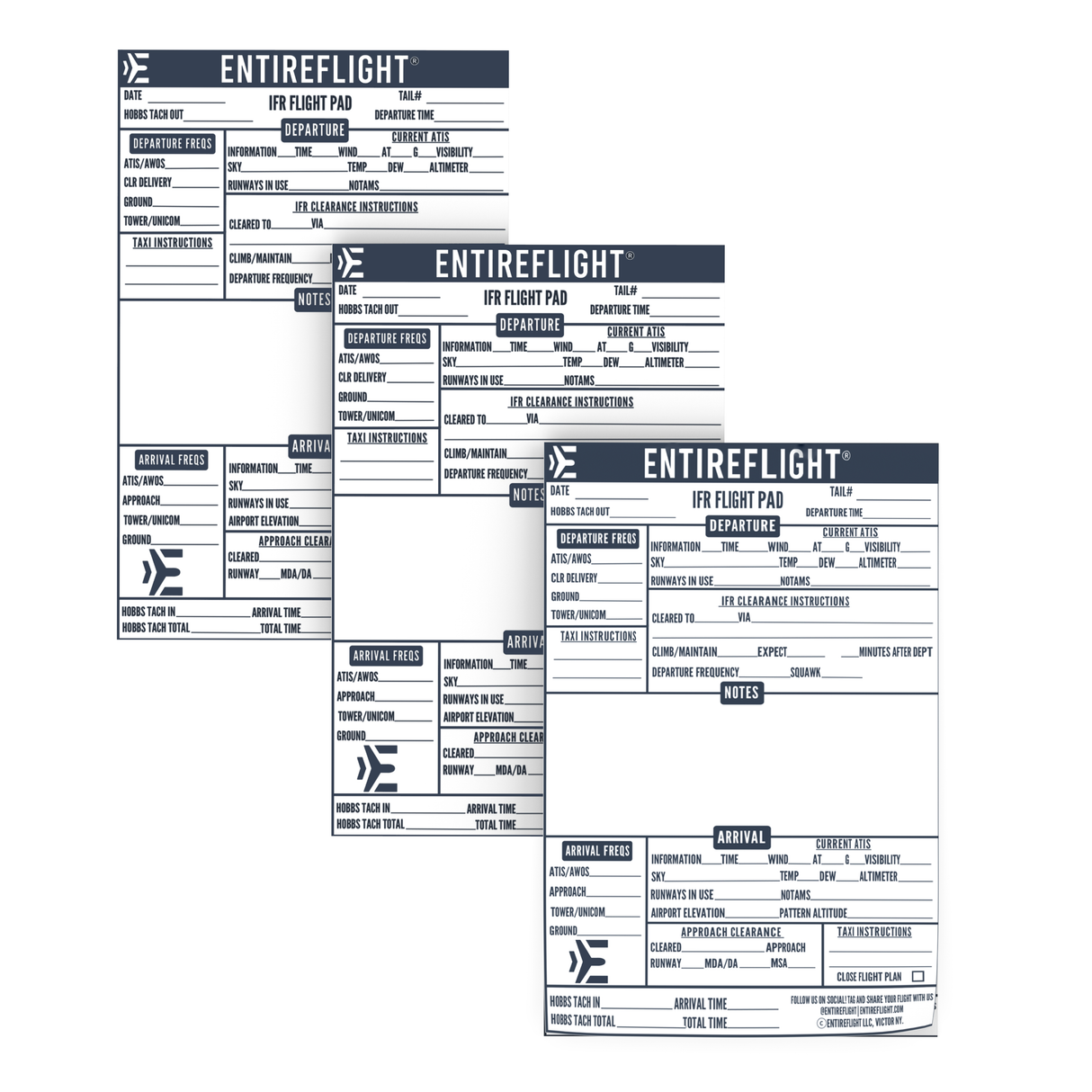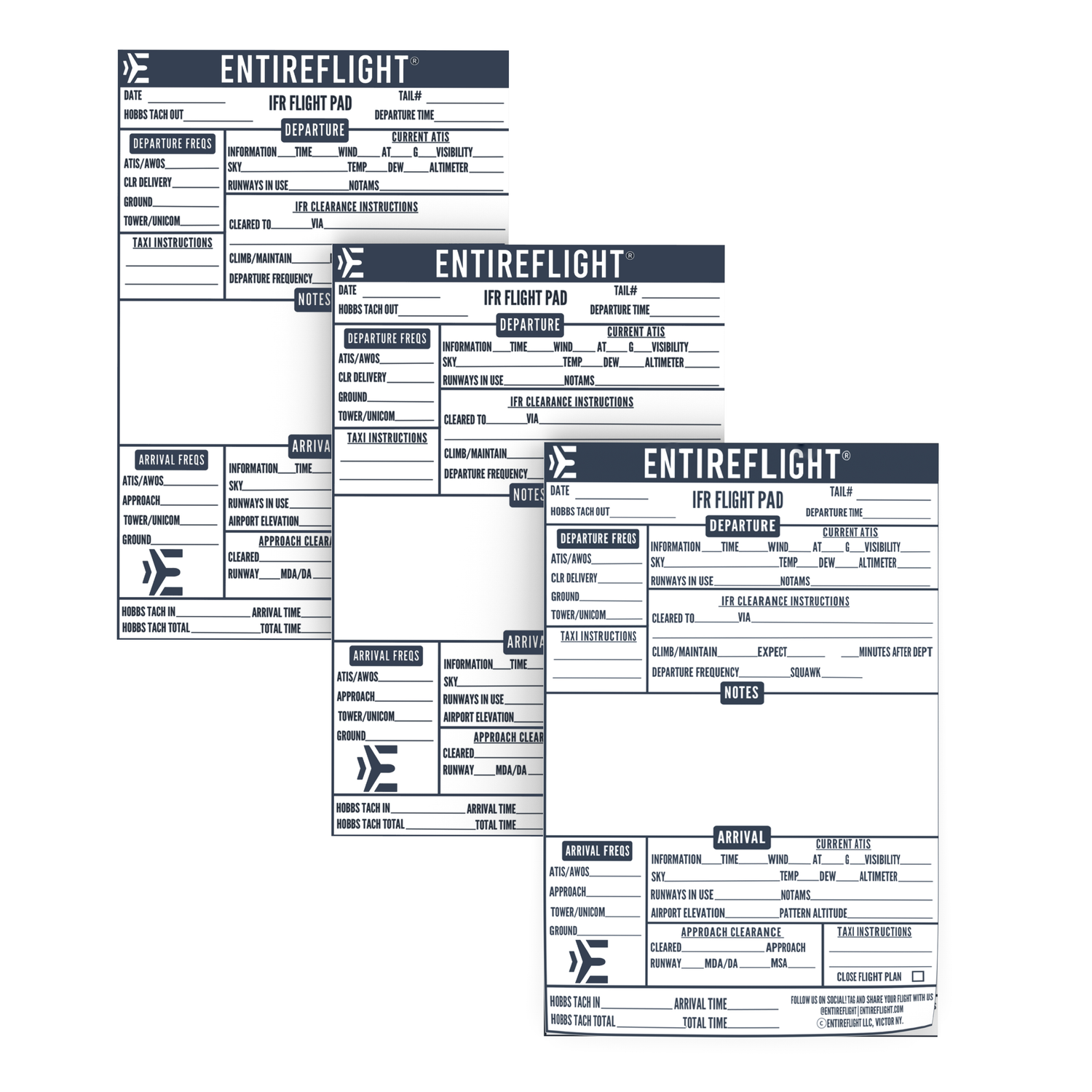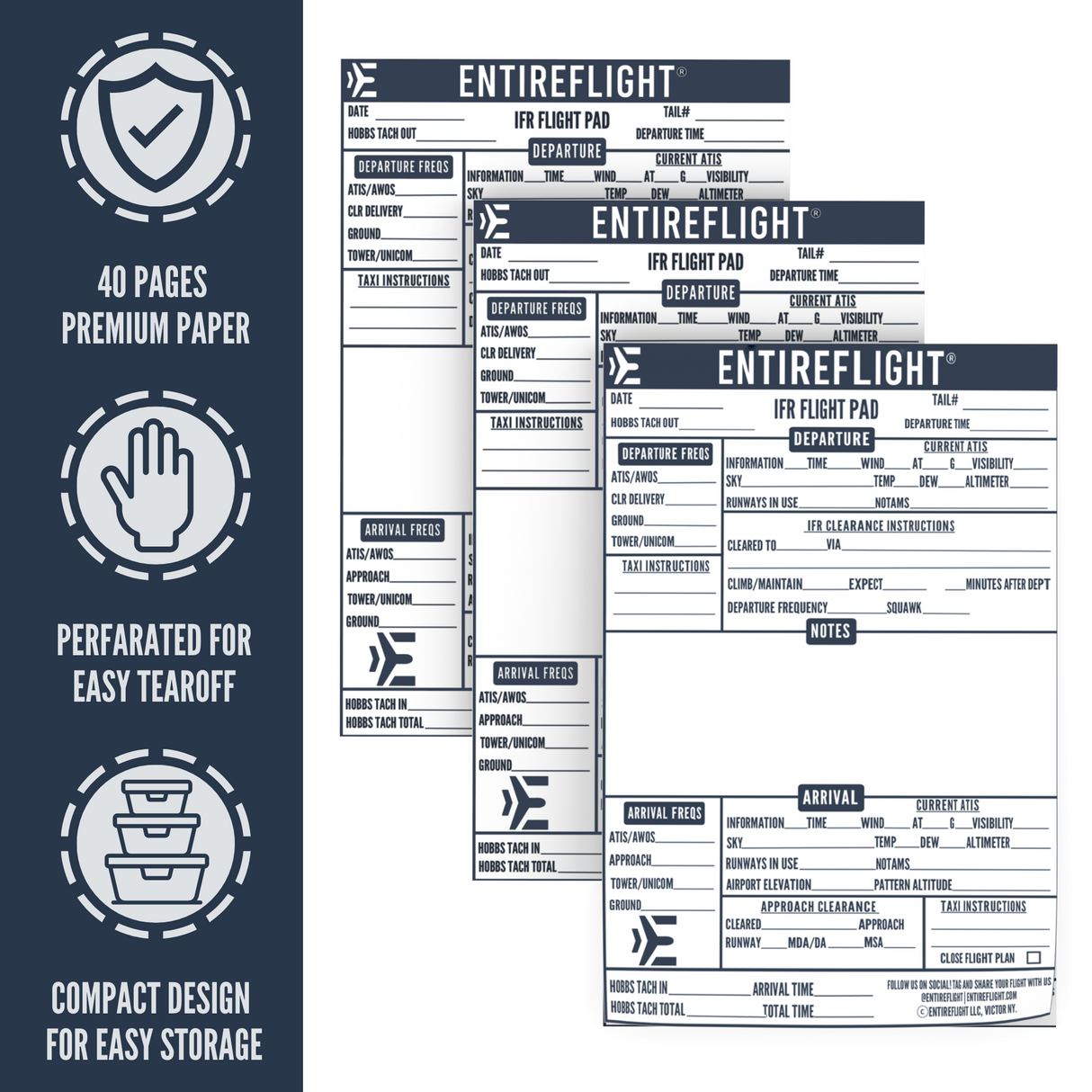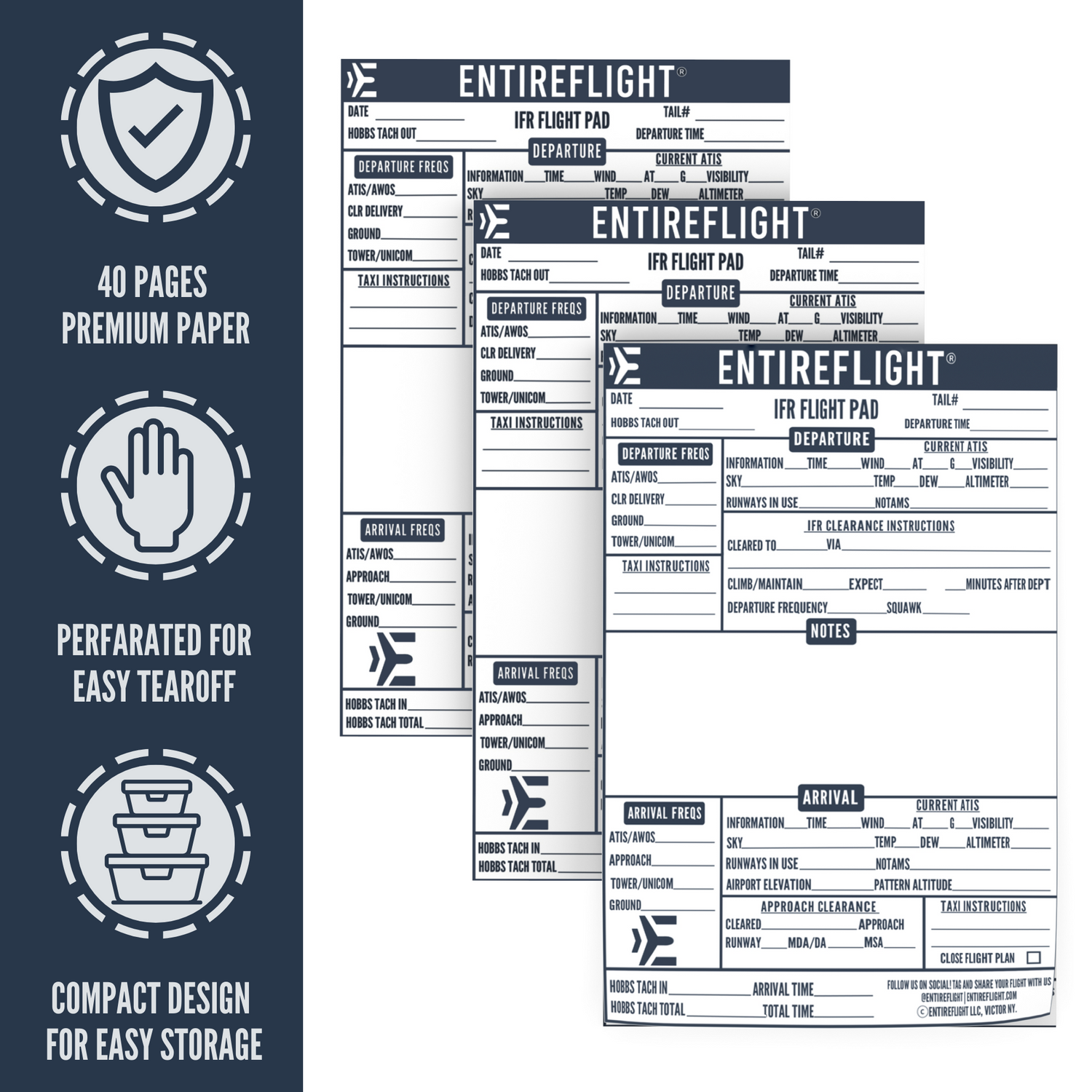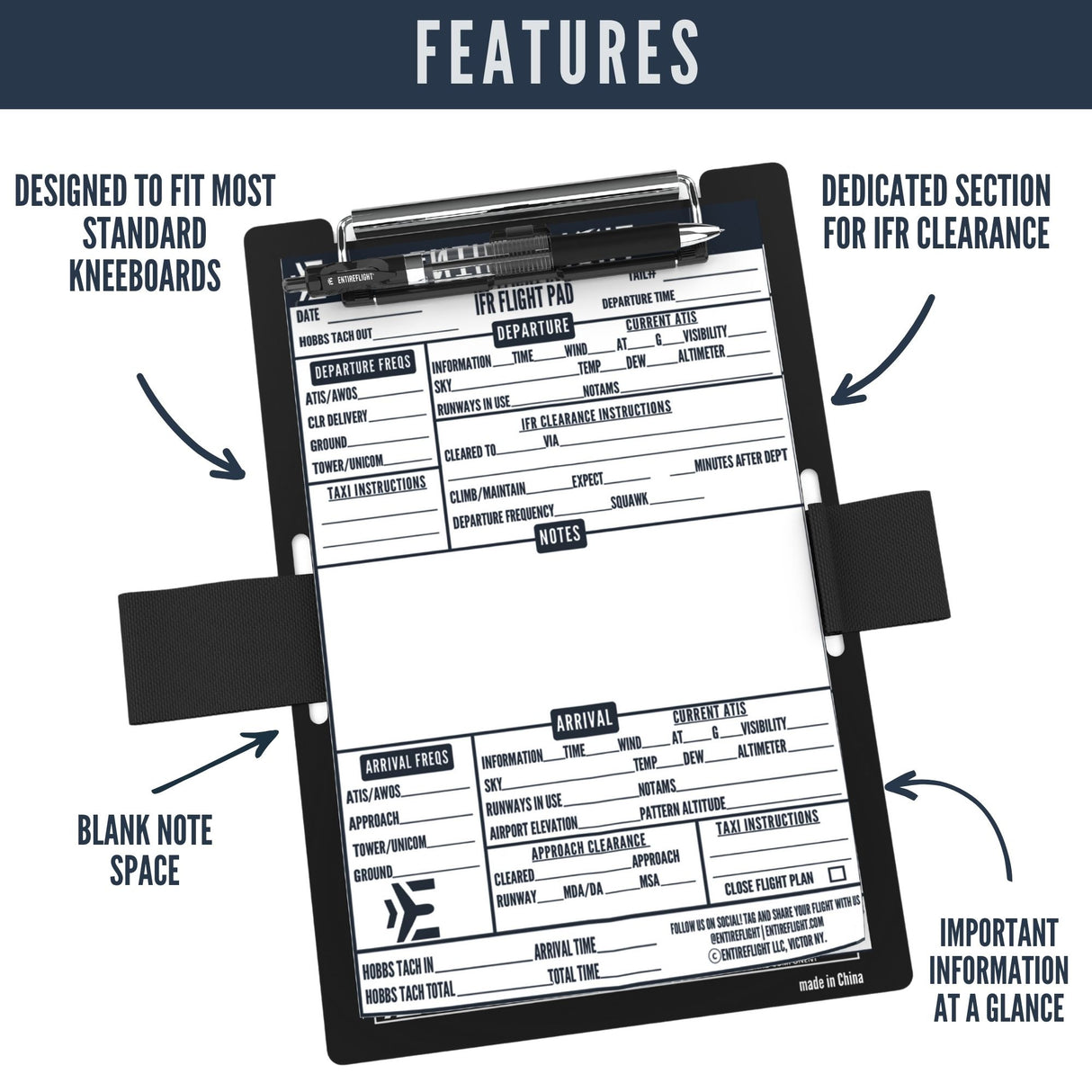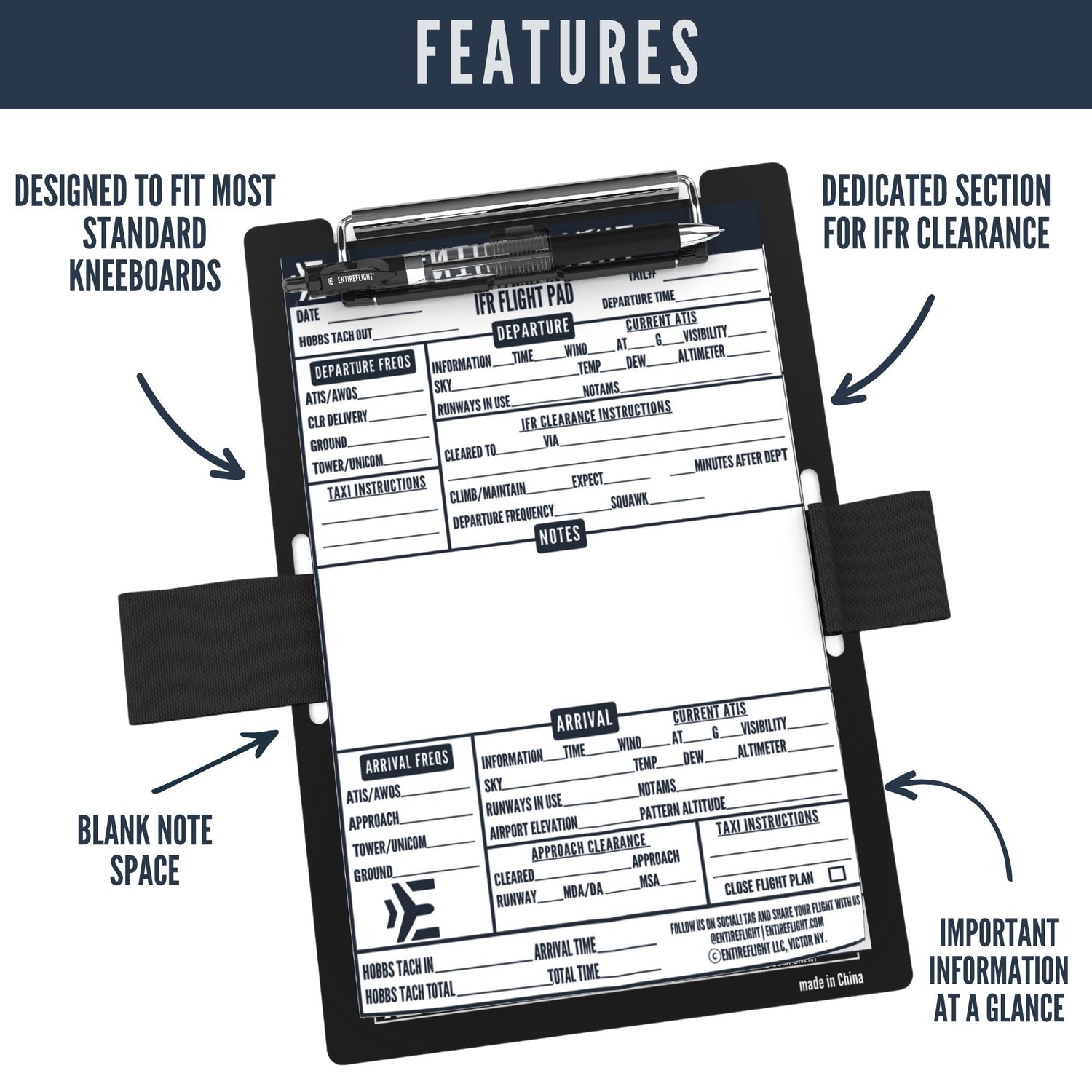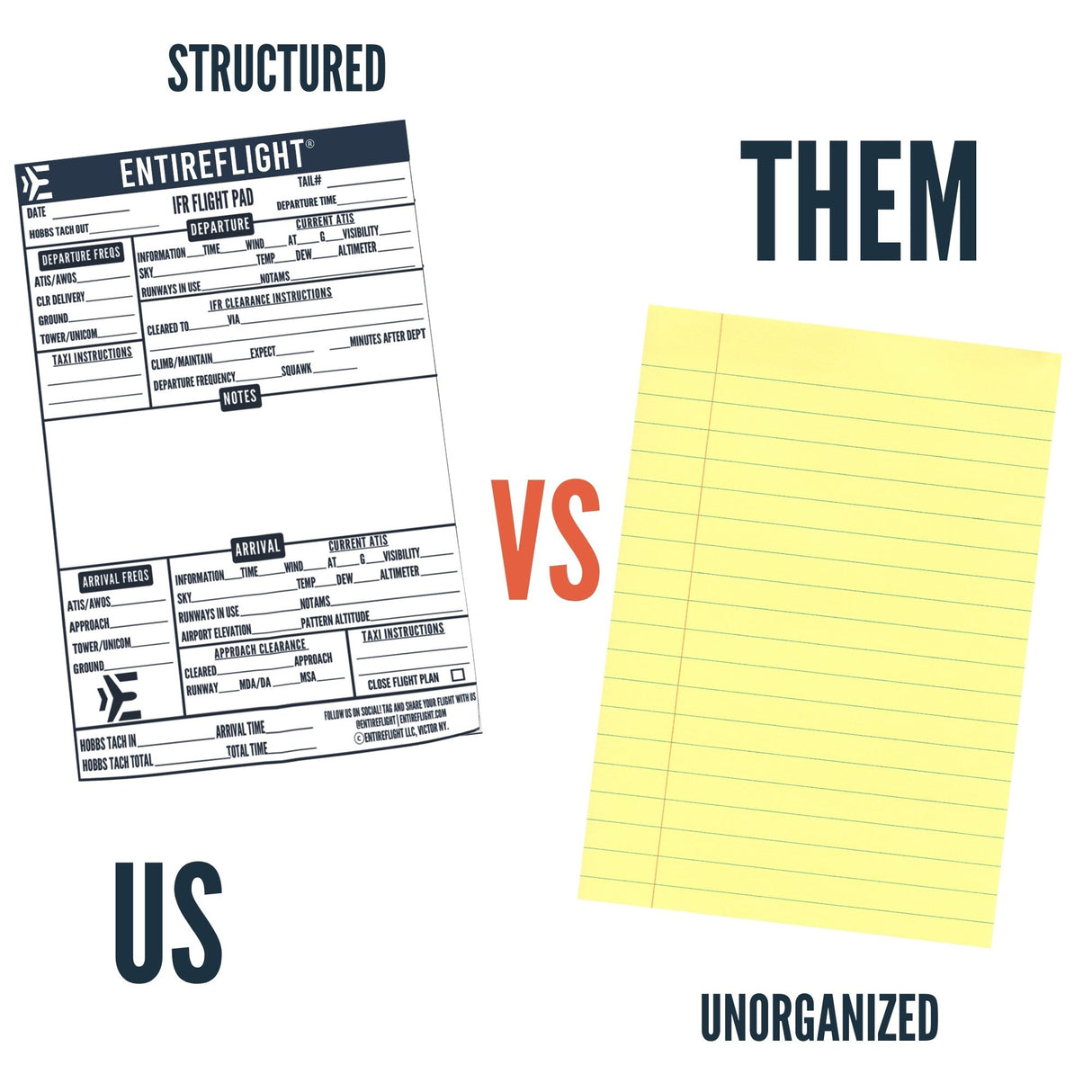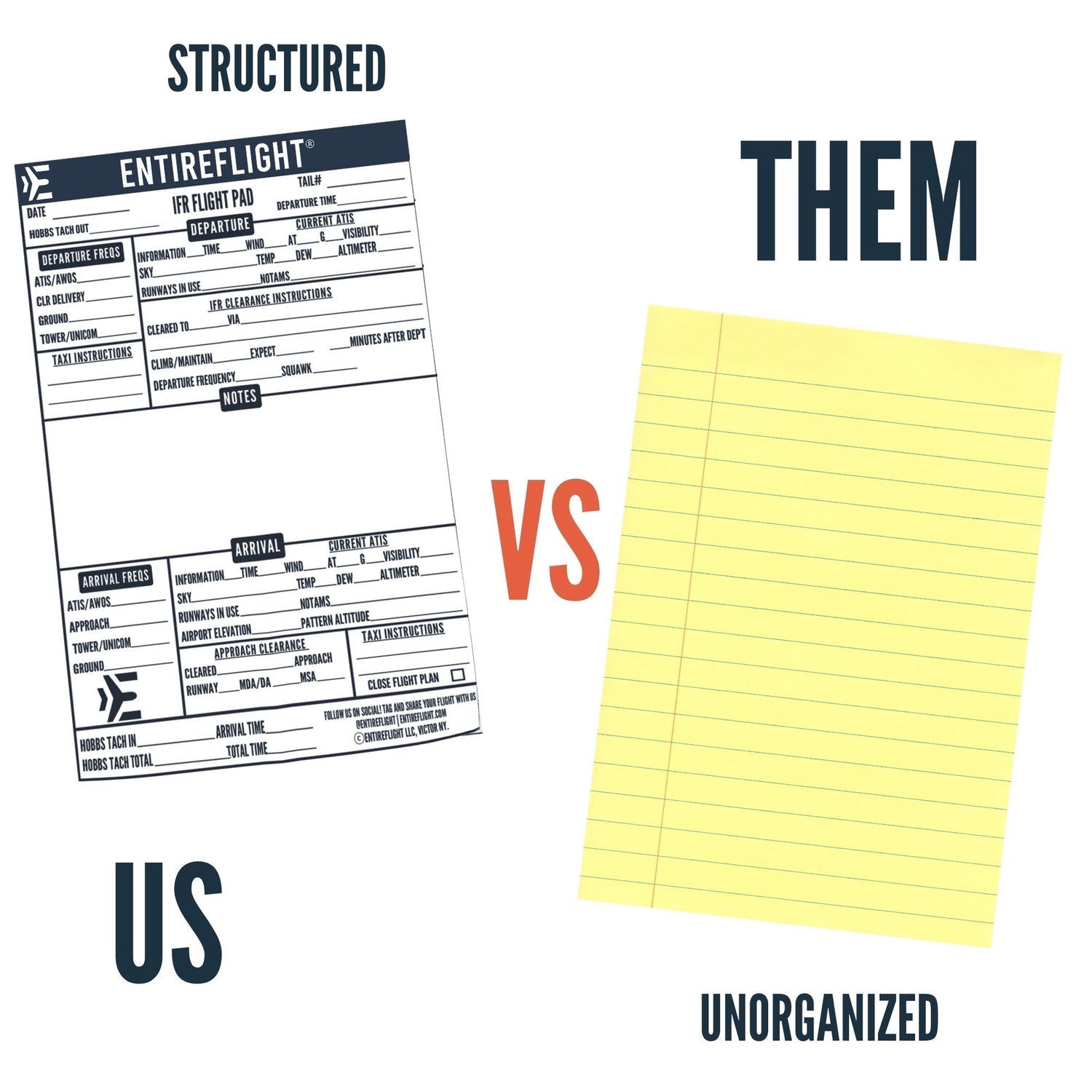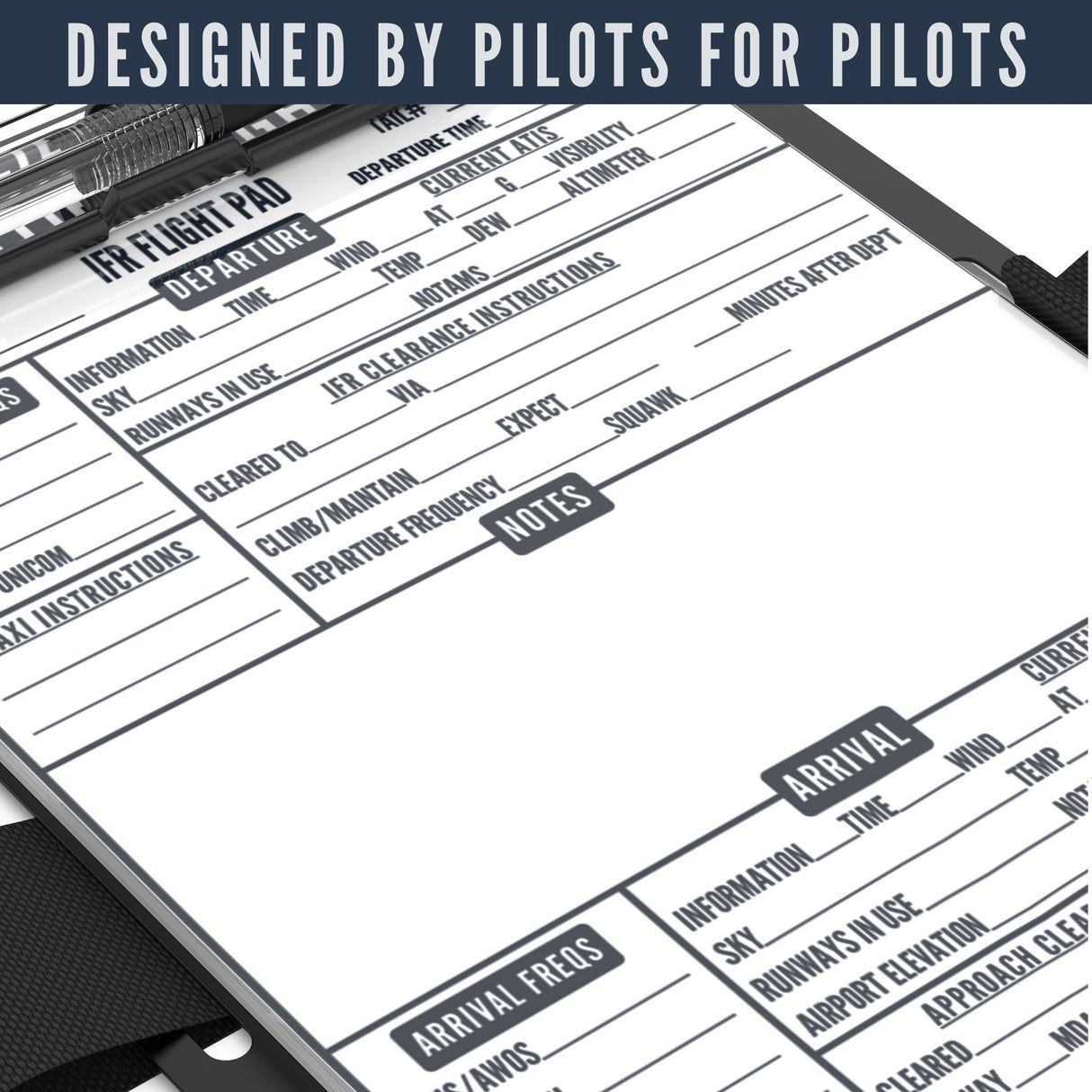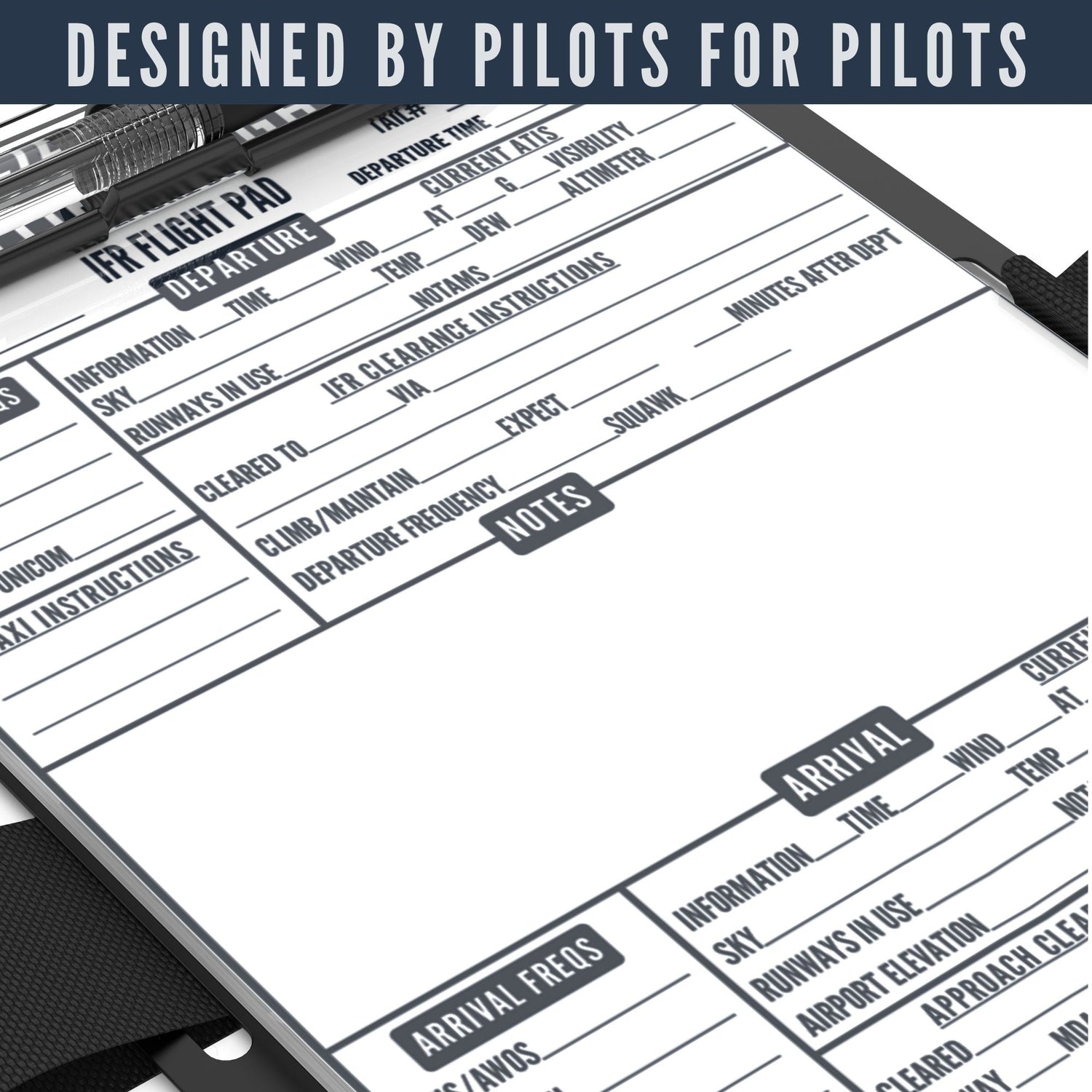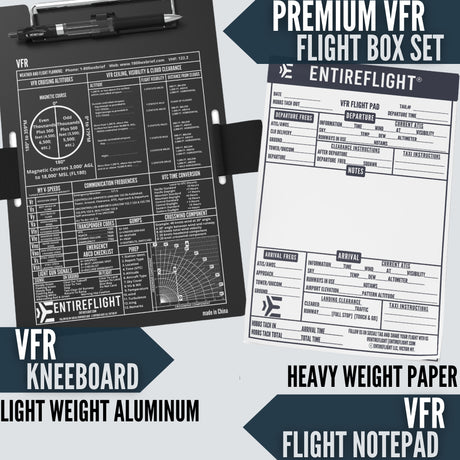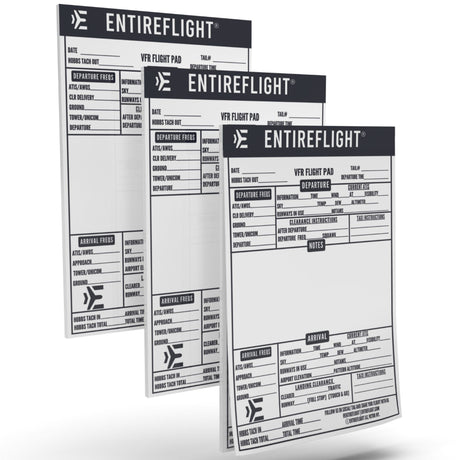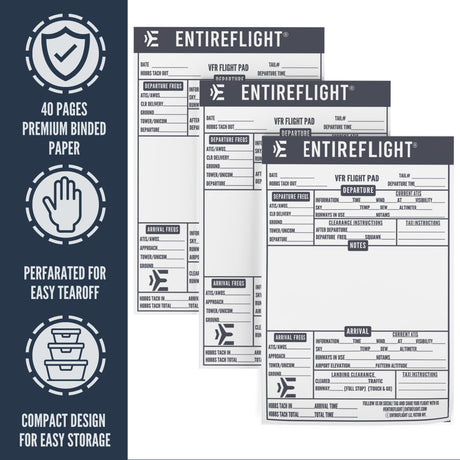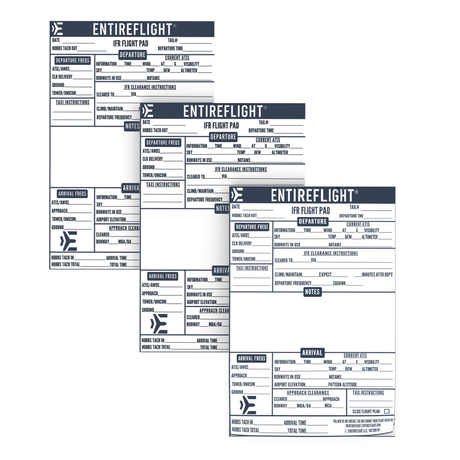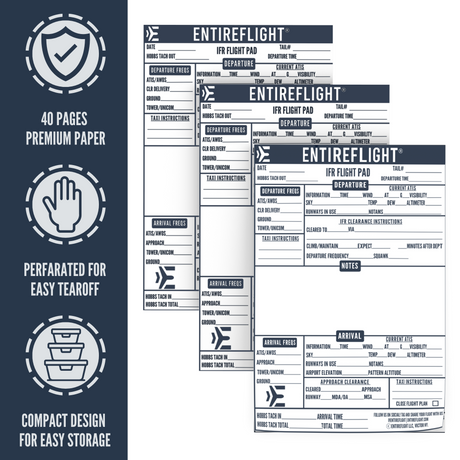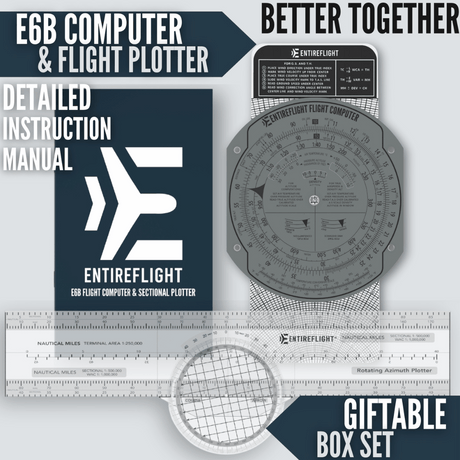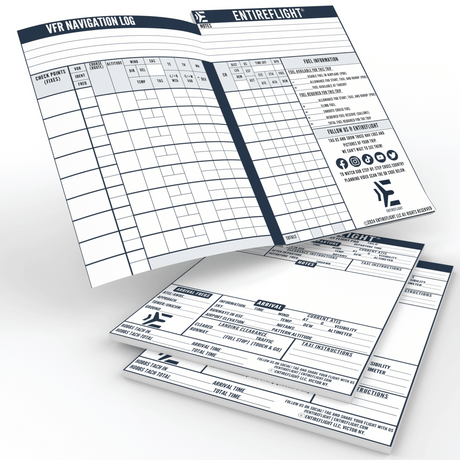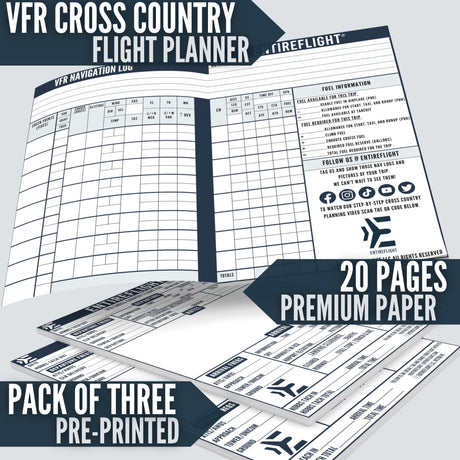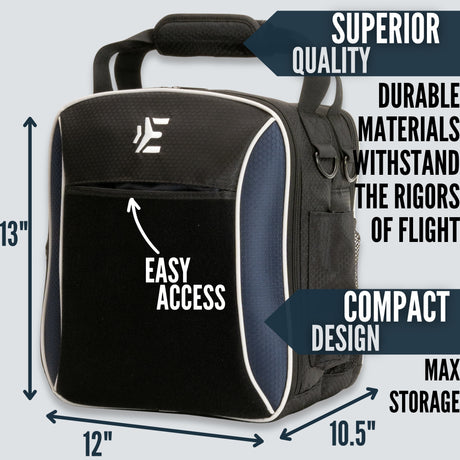A cross-control stall happens when an airplane is turning to one side, and the pilot uses too much rudder in the opposite direction. This mistake makes one wing lose lift and the other wing still generates lift, causing the plane to roll and turn unpredictably. This is very risky and could lead to losing control and a possible crash.
Pilots need to grasp how cross-control stalls work to prevent them. It's important to remember that this is just one type of stall, where the airplane's wings can't make enough lift to stay in the sky. There are different stall types, each with its own characteristics and reasons. In this article, we’re going to focus on the cross-control stall and discuss it in detail to help pilots avoid it and engage in safer flight. Let’s begin.
What is a Cross-Control Stall?
As a pilot, it's important to understand what a cross-control stall is and how to avoid it. A cross-control stall occurs when the aircraft is in an uncoordinated state, meaning that the ailerons and rudder are being used in opposite directions. This can happen when a pilot tries to compensate for a strong crosswind or when they are performing a steep turn.
When an aircraft is in a cross-control stall, one wing will stall before the other, causing the aircraft to roll and potentially enter a spin. It's important to note that a cross-control stall can occur at any airspeed and at any angle of attack (AOA). It's not limited to slow flight or high angles of attack.
How to Avoid Cross-Control Stall
To avoid a cross-control stall, it's important to maintain coordinated flight. This means using the rudder to coordinate turns and compensate for crosswinds. It's also important to be aware of your aircraft's critical angle of attack, which is the angle at which the wing will stall regardless of airspeed. When flying close to the critical angle of attack, even a small amount of uncoordinated flight can result in a stall.
In the event that you do enter a cross-control stall, it's important to take immediate action to recover. This includes reducing the angle of attack by lowering the nose of the aircraft, applying full rudder in the direction of the stalled wing, and using ailerons to level the wings. It's important to avoid using excessive rudder, as this can exacerbate the stall and potentially result in a spin.
Causes of Cross-Control Stall
The following are some of the causes of a cross-control stall:
- Excessive bank angle: When the airplane is banked too steeply, it can exceed the critical angle of attack, causing a stall. This is more likely to happen when the airplane is in a turn.
- Skidding turn: A skidding turn occurs when the airplane is turned using too much rudder pressure. This can cause the airplane to roll in the opposite direction, which requires the pilot to use opposite aileron to maintain the bank angle.
- Overshooting the base-to-final turn: When the pilot overshoots the base-to-final turn, they may apply excessive bottom rudder to correct the turn. This can cause the airplane to stall if the pilot continues to apply opposite aileron and excessive back elevator pressure.
- Excessive back elevator pressure: If the pilot applies too much back elevator pressure, it can cause the airplane to stall. This is more likely to happen when the airplane is in a steep turn.
- Control surface deflection: If the pilot applies too much control surface deflection, it can cause the airplane to stall. This is more likely to happen when the airplane is in a steep turn.
Effects and Dangers
Cross-control stalls can have serious effects and dangers. When an aircraft enters a cross-control stall, it can experience a sudden and unexpected roll. This can cause the aircraft to lose altitude rapidly, leading to a potential crash.
One of the dangers of a cross-control stall is the potential for an inverted stall. If the aircraft is in a nose-high attitude when the stall occurs, it may roll over and enter an inverted stall. This can be extremely dangerous, as the aircraft may be too low to recover before impact with the ground.
Another danger of a cross-control stall is the loss of control effectiveness. When an aircraft stalls, the control surfaces become less effective, making it more difficult for the pilot to recover. In a cross-control stall, the control surfaces may become even less effective due to the aerodynamic loading on the wings.
The stall speed of an aircraft can also be affected by a cross-control stall. If the aircraft is in a bank when the stall occurs, it may stall at a lower airspeed than it would in a wings-level stall. This can make it more difficult for the pilot to recognize the stall and take corrective action.
Low altitudes can increase the hazard of a cross-control stall. If an aircraft enters a stall close to the ground, there may not be enough altitude to recover before impact. Additionally, the proximity to the ground may make it more difficult for the pilot to recognize and recover from the stall.
Cross-Control Stall in Different Flying Scenarios
A cross-control stall can occur in different flying scenarios, which makes it important for pilots to be aware of the potential for this type of stall. Here are some examples of when a cross-control stall can happen:
- Pattern Flying: When flying in the traffic pattern, a cross-control stall can occur if the pilot uses too much left aileron and back elevator pressure while turning onto final approach. This can cause the aircraft to stall and result in a nose drop.
- Yaw: Cross-control stalls can also happen when there is a yaw in the aircraft. If the pilot does not coordinate the turn with rudder input, the aircraft can stall.
- Landing Gear: When the landing gear is up, the aircraft's pitch angle is higher, which means that the aircraft is more susceptible to a cross-control stall. Pilots must be careful when flying with the landing gear up and avoid excessive back elevator pressure.
- Power Setting: A cross-control stall can also occur if the pilot reduces power too much during a turn. This can cause the aircraft to stall and result in a nose drop.
- Turn to Final: When turning from base to final, pilots must be careful not to use too much left aileron and back elevator pressure, as this can cause a cross-control stall.
- Go Around: During a go-around, pilots must be careful not to use too much left aileron and back elevator pressure, as this can cause a cross-control stall.
- Base-to-Final Turn: When making a base-to-final turn, pilots must be careful not to use too much left aileron and back elevator pressure, as this can cause a cross-control stall.
- CFIs: CFIs must ensure that their students are aware of the potential for cross-control stalls and teach them how to avoid them.
- Landing Configuration: When flying in a landing configuration, pilots must be careful not to use too much left aileron and back elevator pressure, as this can cause a cross-control stall.
- Gear and Flaps Up: When flying with the landing gear and flaps up, pilots must be careful not to use too much left aileron and back elevator pressure, as this can cause a cross-control stall.
Training and Proficiency
To avoid a cross-control stall, it is essential to receive proper training and maintain proficiency. The Airplane Flying Handbook provides guidelines for pilots to follow to avoid a cross-control stall. It is essential to follow these guidelines and practice them regularly to maintain proficiency.
Proficiency training should include steep turns, which can help pilots recognize and avoid a cross-control stall. During steep turns, pilots must maintain coordinated flight to prevent a cross-control stall. Practicing steep turns can help pilots develop the necessary skills to recognize and prevent a cross-control stall.
In addition to practicing steep turns, pilots should also practice other maneuvers that require coordinated flight. These maneuvers include slips, skids, and turns. Practicing these maneuvers can help pilots develop the necessary skills to recognize and prevent a cross-control stall.
Maintaining proficiency in these maneuvers is essential to prevent a cross-control stall. Pilots should practice these maneuvers regularly to maintain proficiency and avoid a cross-control stall.
Frequently Asked Questions
1 - What is a cross-control stall and how does it differ from other types of stalls?
A cross-control stall is a type of stall that occurs when the aircraft is in an uncoordinated turn, with one wing stalled and the other wing still producing lift. This type of stall differs from a normal stall in that it involves a combination of yaw and roll, rather than just a loss of lift due to an excessive angle of attack.
2 - What are the risks and dangers associated with a cross-control stall?
The risks and dangers associated with a cross-control stall are significant, as the aircraft can enter a spin if the pilot is unable to recover quickly. A spin is a dangerous and potentially deadly situation, as the aircraft can rapidly lose altitude and become uncontrollable.
3 - How can a pilot recognize when they are entering a cross-control stall?
A pilot can recognize when they are entering a cross-control stall by paying attention to the aircraft's behavior and the sensations they feel. Signs of a cross-control stall include a feeling of being "hung up" in the turn, a tendency for the aircraft to roll or yaw in an unexpected direction, and a sudden loss of altitude.
4 - What are some techniques for recovering from a cross-control stall?
The most important technique for recovering from a cross-control stall is to immediately reduce the angle of attack by releasing back pressure on the control stick or yoke. The pilot should also apply opposite rudder to correct the yaw and roll, and use aileron to level the wings. Once the aircraft is flying straight and level, the pilot should gradually increase the angle of attack and regain altitude.
5 - What are some common mistakes or errors that can lead to a cross-control stall?
Some common mistakes or errors that can lead to a cross-control stall include overbanking in a turn, using too much rudder or aileron, or failing to maintain coordination between the rudder and ailerons. Additionally, distracted or fatigued pilots may be more prone to making errors that can lead to a cross-control stall.
6 - How can a pilot prevent a cross-control stall from occurring during flight?
A pilot can prevent a cross-control stall from occurring during flight by maintaining proper coordination between the rudder and ailerons, avoiding excessive bank angles, and paying close attention to the aircraft's behavior and altitude. Additionally, pilots should practice recovery techniques regularly to ensure that they are prepared to handle a cross-control stall if it does occur.

